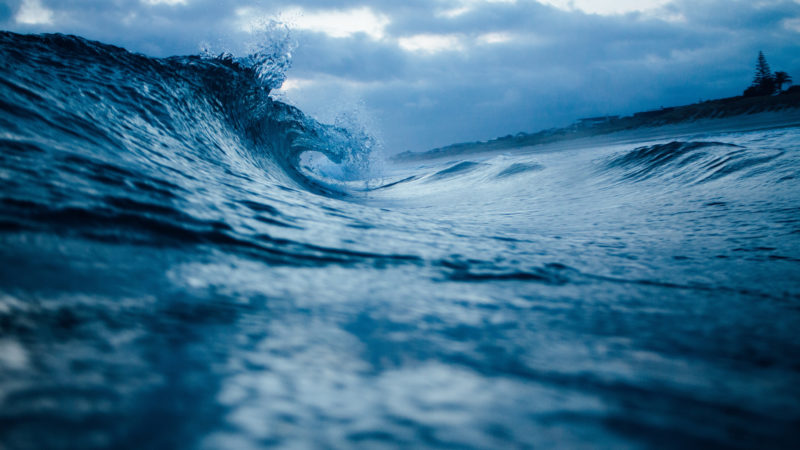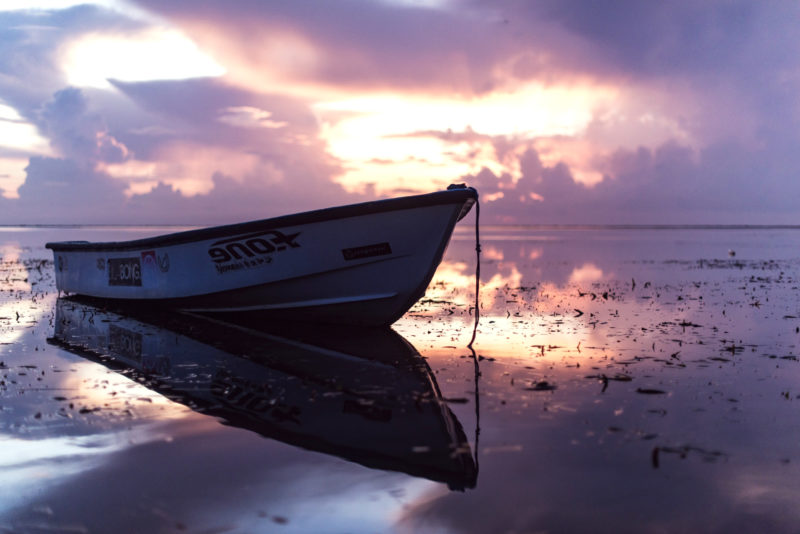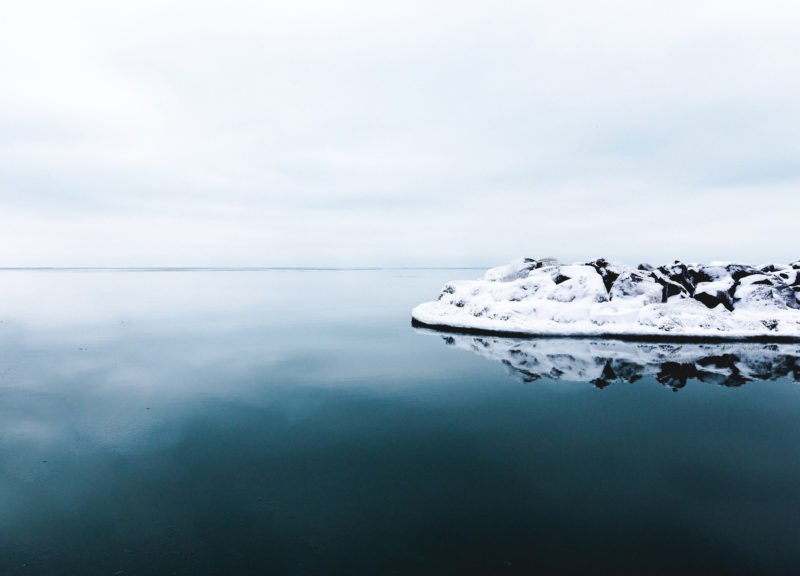8 Tips&Tricks for Seascapes photography
1. Timing

It sounds cliche but timing is everything. Especially when seeking to photograph beautiful seascapes. Sure, you’ve heard about the importance of timing in other genres of photography, but seascape photography is time-sensitive in ways that differentiate it from other types of photography.
Time of day- You can take your camera to the shoreline any time of day you like. But if you’re looking to maximize your opportunity, it’s important to carefully consider what time of day you choose to shoot. It’s all about the lighting. That oft-talked-about “golden hour” is ideal in this situation as it is in so many others. Approximately an hour before sunset or an hour after sunrise, the sun is low in the sky and gives off a soft, warm light in which colors really pop. If you want skies teeming with brilliant shades of red and gold to accompany the blue water, then shooting at the right time of day is a must. Once the sun is higher in the sky, lighting will be harsher and colors more washed out.
2. Know The Tides
 IIn seascape, the tide rules all. It has the final say on what will and will not be in your composition. It is important to plan ahead, using sites like Tide Forecast, to know whether the tide will be in or out on a given day.
IIn seascape, the tide rules all. It has the final say on what will and will not be in your composition. It is important to plan ahead, using sites like Tide Forecast, to know whether the tide will be in or out on a given day.
At high and low tides different parts of the coast are covered or exposed. Some locations work best at low tide, while other locations work at high tide. High tide smooths and cleans a beach and covers rocks. Low tide can reveal a bounty of interest: rock pools, shells, seaweed. So check your local tide times to see when this is happening and familiarise yourself with the location before shooting.
3. Weather
While you have no control over the weather, you can use it to your advantage. Don’t be dissuaded by storm clouds, for example. Use them to add mood and drama to your photos. Similarly, clear blue skies can serve as a wonderful complement to the blues in the water. Rain and fog/mist can also work in your favor and enhance the images you make. Bad weather doesn’t have to be your enemy, just make sure that both you and your gear are prepared to deal with the elements.
4. Use Different Shutter Speeds
 How you decide to capture moving water will have a huge effect on the overall mood of your image. Your shutter speed will also be influenced by the movement of the water your shooting. Quick shutter speeds can capture the water in action, giving your image more dynamism as it splashes around (if it’s splashing around). Shutter speeds of a couple of seconds tend to add a feeling of movement, especially if you capture the tide slowly drawing out. Longer shutter speeds of around 20-30 seconds, especially in choppy water, create a frothy, white texture in the water. Choose which compliments the mood you’re trying to capture in your image.
How you decide to capture moving water will have a huge effect on the overall mood of your image. Your shutter speed will also be influenced by the movement of the water your shooting. Quick shutter speeds can capture the water in action, giving your image more dynamism as it splashes around (if it’s splashing around). Shutter speeds of a couple of seconds tend to add a feeling of movement, especially if you capture the tide slowly drawing out. Longer shutter speeds of around 20-30 seconds, especially in choppy water, create a frothy, white texture in the water. Choose which compliments the mood you’re trying to capture in your image.
Read the full article on Lens Magazine Issue #20 Seascapes

